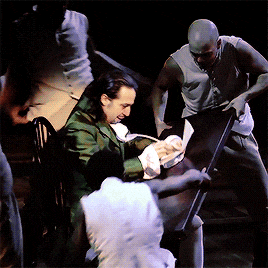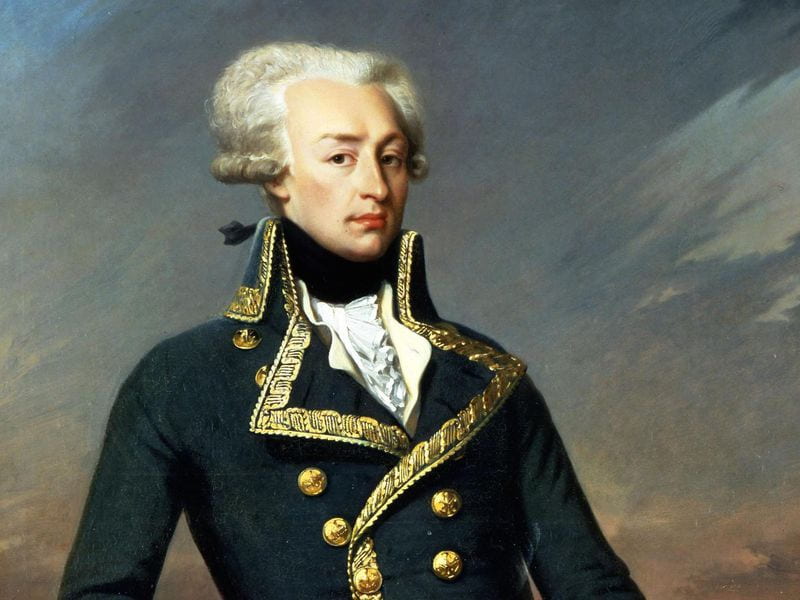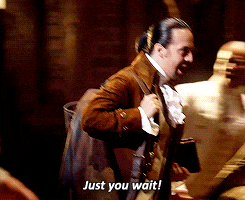By: Arfa Ul-Haque
Repetition is of the main techniques used by Lin-Manuel Miranda to convey themes of ambition and determination as well as to illustrate varying perspectives of the definition of success in Act I of Hamilton. It adds to the characterization of important figures in Hamilton’s life, such as his wife Eliza Schuyler and his rival Aaron Burr.
Throughout Act 1, Eliza repeats how much she wishes Hamilton could be satisfied with all he has and that she “could be enough” for him. She urges him to slow down and take in what’s around him rather than writing like he’s “running out of time.” His ambitious drive to write makes him lose sight of his family; he cares more about climbing upward and making his name in history than his home. The line “Look around, look around, at how lucky we are to be alive right now” is sung by Eliza in “That Would Be Enough” to try to convince Hamilton to value the people around him. In “Non-Stop”, Hamilton repeats the line to Eliza to make her see how much needs to be done for the country coming out of a revolution and how many opportunities Hamilton is given to seize the moment.
Aaron Burr also has a major phrase repeated throughout the first act: “Talk less, smile more.” This line drives a strong contrast between the ideas of Burr and Hamilton.

Hamilton would much rather write as much as he can and face the consequences of his actions head on. He is temperamental and feels the need to argue against every opinion he disagrees with. On the other hand, Burr prefers to lay low and refuses to lend his voice in most matters. In “Wait for It”, the phrase “wait for it” is repeated by Burr himself and in the background of the song, like a consistent drumming in Burr’s mind that keeps him restrained.

“Non-Stop” contains the repetition of many phrases by each character. Burr sings “Why do you write like you’re running out of time”, comparing Hamilton’s approach to success with Burr’s mantra of waiting for it. Eliza and Angelica beg Hamilton to appreciate how much he’s accomplished and those around him by saying “Isn’t this enough?” and “He will never be satisfied”. She sings “Stay alive. That would be enough” allowing the audience to realize that for Eliza, Hamilton is enough for her and that he doesn’t need to prove anything to her. The heartbreak in the sentiment represents that fact she wishes she was enough for Hamilton.
By layering all these repetitive lines on top of one another in the background of Hamilton repeating “I am not throwing away my shot”, Miranda illustrates Hamilton’s refusal to pay attention to those around him say, which ultimately proves to be his fatal flaw. His determination to constantly write distances him from his family and further creates the contrast between him and his rival Burr.










